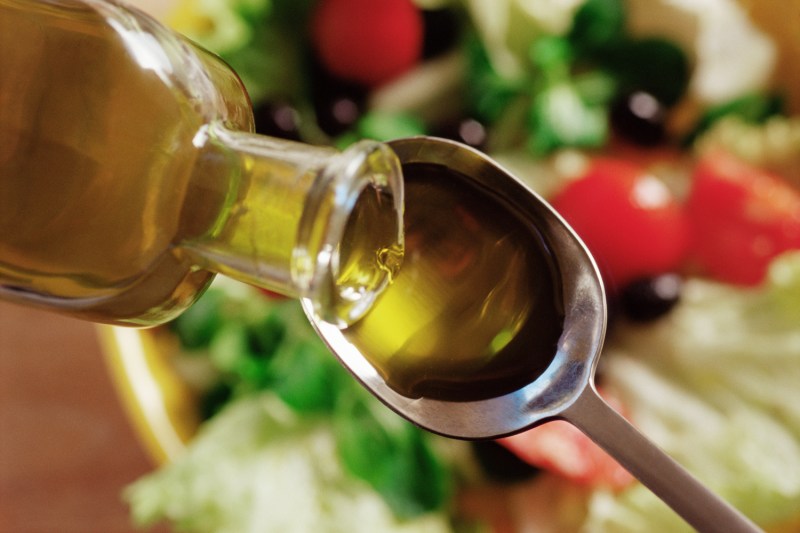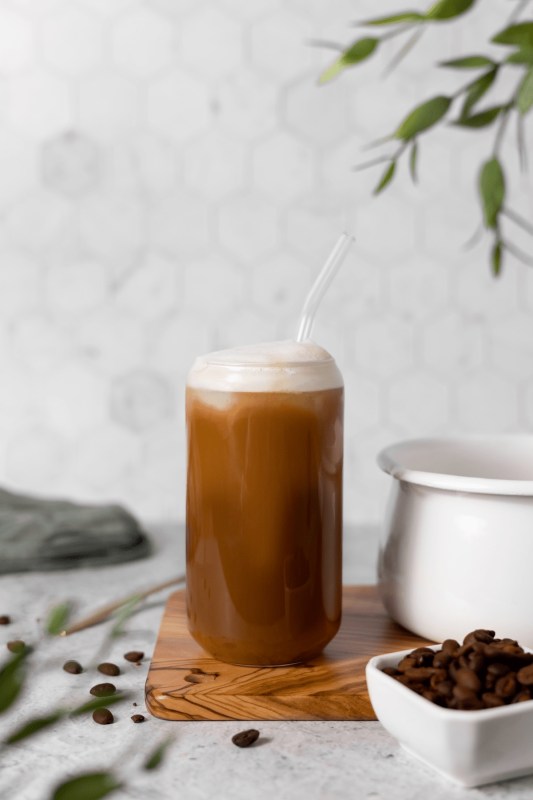
What is the olive oil coffee trend?
The world of social media
Every once in a while, though, we land somewhere in the middle. A food or drink trend comes along that makes you think, “Huh. That could be revolting, or it could be my newest addiction.” For us, this is one of those trends. One of those it-could-swing-either-way trends. When it comes to both coffee and olive oil, we’re big fans. But combining them? The jury’s still out.
Similar to the bulletproof coffee trend that took the caffeinated world by storm about a decade ago, the idea of adding deliciously silky fat to your morning coffee has been resurrected with the new

Why is this a thing?
In many ways, it seems Starbucks actually runs the world, so it isn’t at all peculiar that the company would be at the helm of any new trendy flavored coffee additives and ideas.
The new Starbucks Oleato line is a line of special
The line includes an Oleato Caffè Latte, an Oleato Iced Shaken Espresso, and an Oleato Golden Foam Cold Brew currently served at select Starbucks stores in Seattle, Los Angeles, Chicago, Seattle, and New York.
Starbucks will continue to introduce the

Pros of adding olive oil to coffee
While this is a brand-new trend, and therefore the health benefits of combining
As far as taste goes, fans of the new drink are saying that the addition of

Cons of adding olive oil to coffee
While many who have tasted Starbucks’ new
If you do want to try this trend at home, be sure to use a higher-quality
Something else to keep in mind? Blending coffee and oil is essentially mixing oil and water. It’s not easily done. It’s best to use a blender or mixer to ensure the coffee and oil properly emulsify. If you skip this step, the oil will likely separate from the coffee and puddle on top, resembling a greasy oil stain on a black slab of pavement. Not the best way to start the day.
Speaking of starting the day off on the wrong foot, both coffee and
In addition to potential tummy troubles, while it’s a wonderful ingredient for cooking, not everyone enjoys the actual taste of
Olive oil coffee recipe

(From The Simple Sprinkle)
If you don’t happen to live in one of the areas where Starbucks is offering its newest treat, you can try this copycat version from The Simple Sprinkle. This version is not only delicious, but vegan, and whips up in just a few minutes.
Ingredients:
- 1/2 cup of vegan barista milk
- 1 tablespoon of extra virgin olive oil
- 1 teaspoon of hazelnut syrup
- 1 dash of vanilla extract
- 1 1/2 teaspoons of instant coffee
- 1 cup of ice-cold water
Method:
-
In a large glass, mix water and instant coffee until combined.
-
Mix together the milk, olive oil, hazelnut syrup, and vanilla extract.
-
Using a milk frother, froth the milk mixture until it is thick and stabilized.
-
Add ice cubes to the coffee, then pour the frothed milk on top of the iced coffee. Serve immediately.



